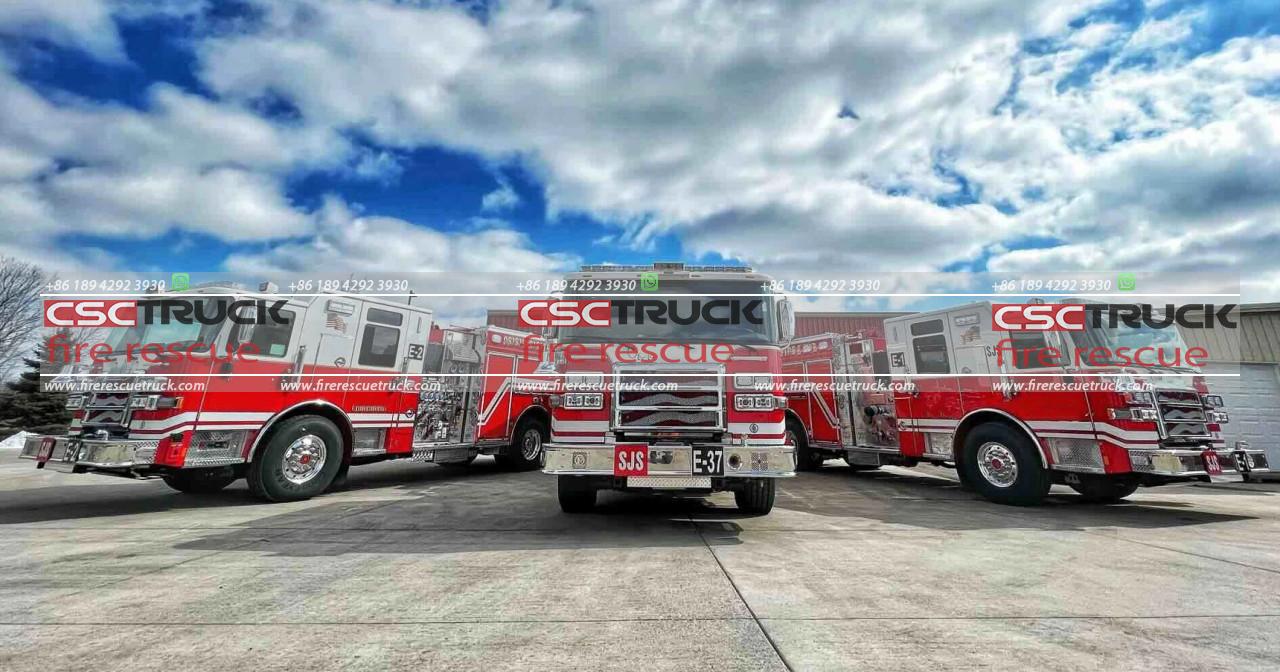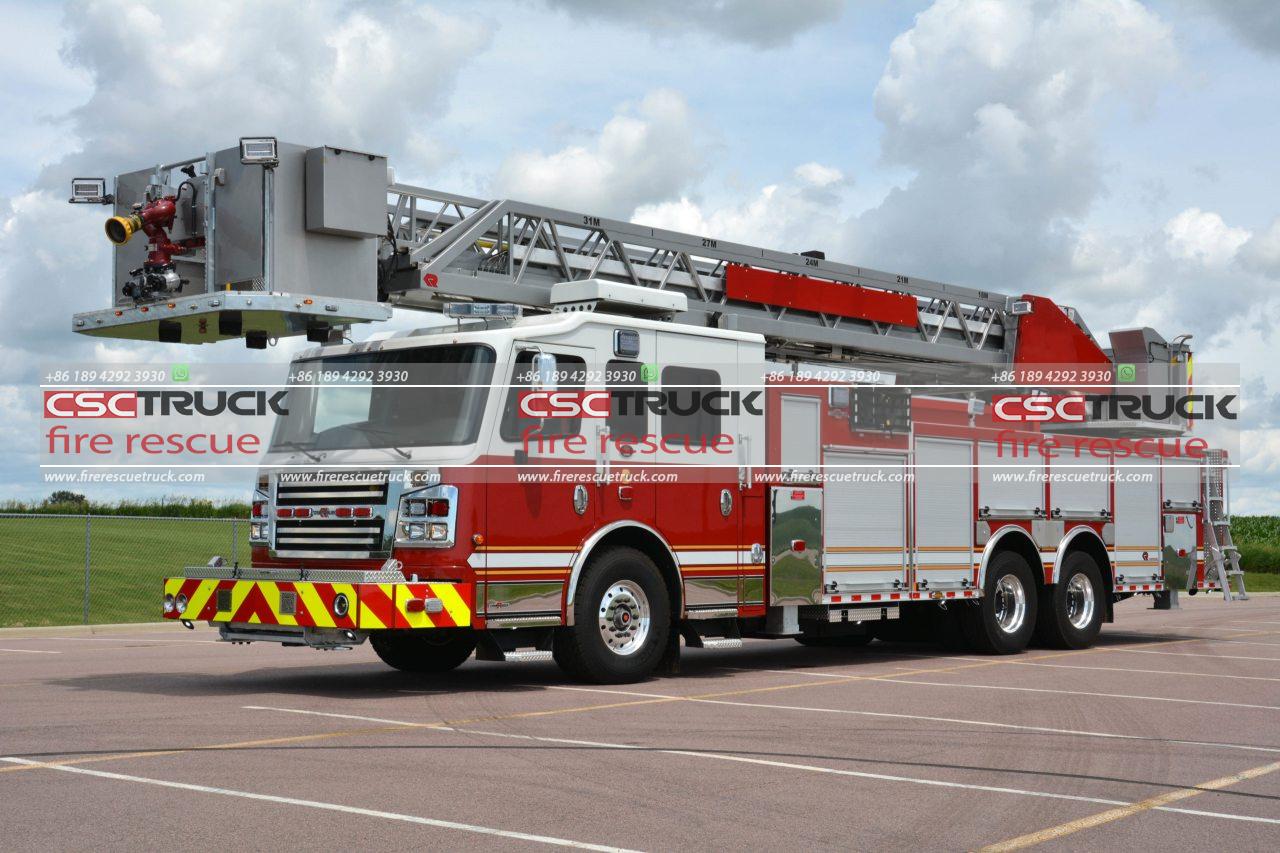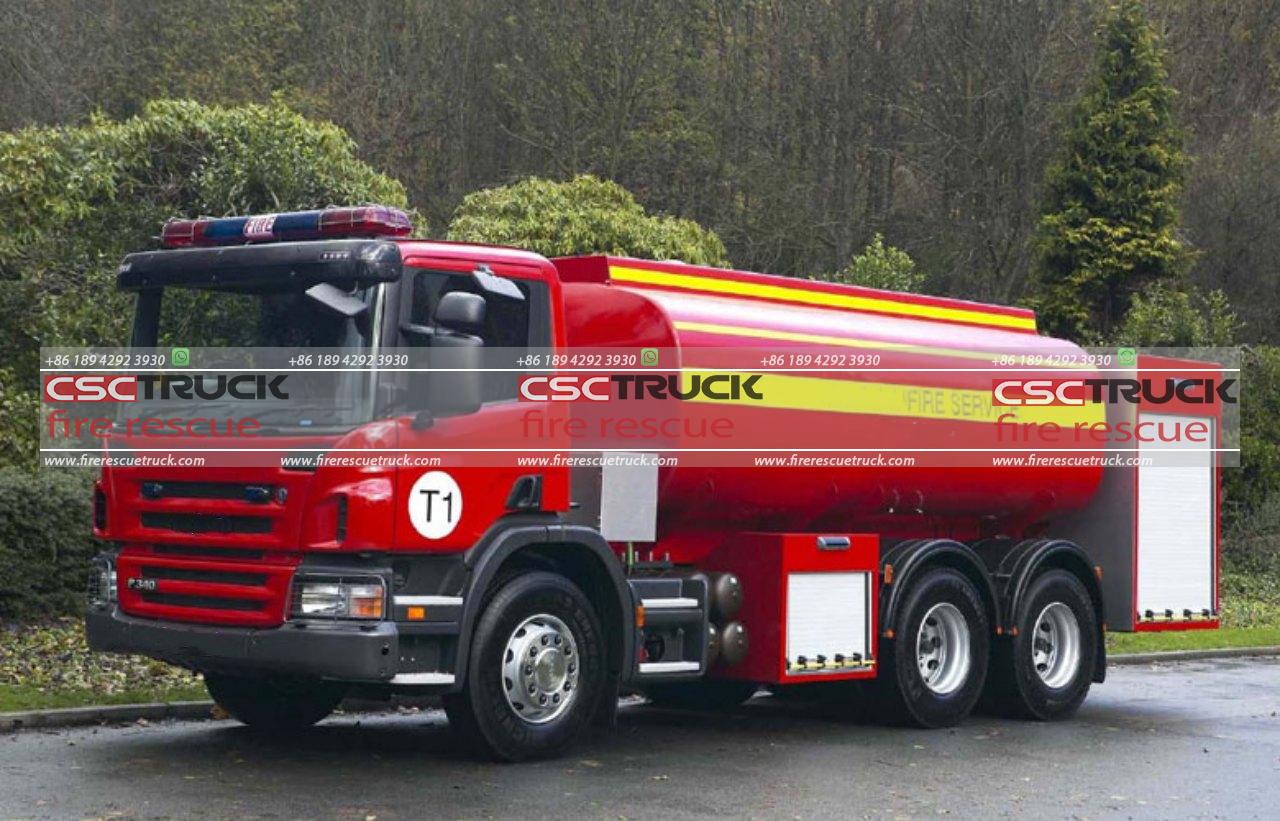What is a Pumper in a Fire Truck?
When it comes to firefighting, a pumper is one of the essential tools of the trade, offering powerful water capabilities to fight fires of all types. A pumper fire truck is often the core vehicle in a fire department‘s fleet, equipped not only for transporting firefighters but also for supplying water, pumping it to fires, and carrying hoses and other crucial equipment. This article will dive into the various aspects of a pumper in a fire truck, explaining its purpose, functions, and features, as well as its evolution in modern firefighting.
1. Definition and Purpose of a Pumper
A pumper, also known as an engine or fire engine, is a specialized firefighting vehicle designed to pump water from an external source, such as a fire hydrant, water tank, or natural body of water, and deliver it through hoses to combat fires. It’s specifically engineered for efficient water transport and fire suppression, making it a critical piece of equipment in nearly every fire response. The main objectives of a pumper include:
– Water Transport and Supply: The pumper carries water in its onboard tank and, when needed, connects to external water sources.
– Water Pressure Control: With its high-capacity pumps, a pumper generates and controls the pressure needed to propel water through hoses.
– Equipment Transport: A pumper carries essential firefighting equipment like hoses, nozzles, ground ladders, and other firefighting and rescue tools.
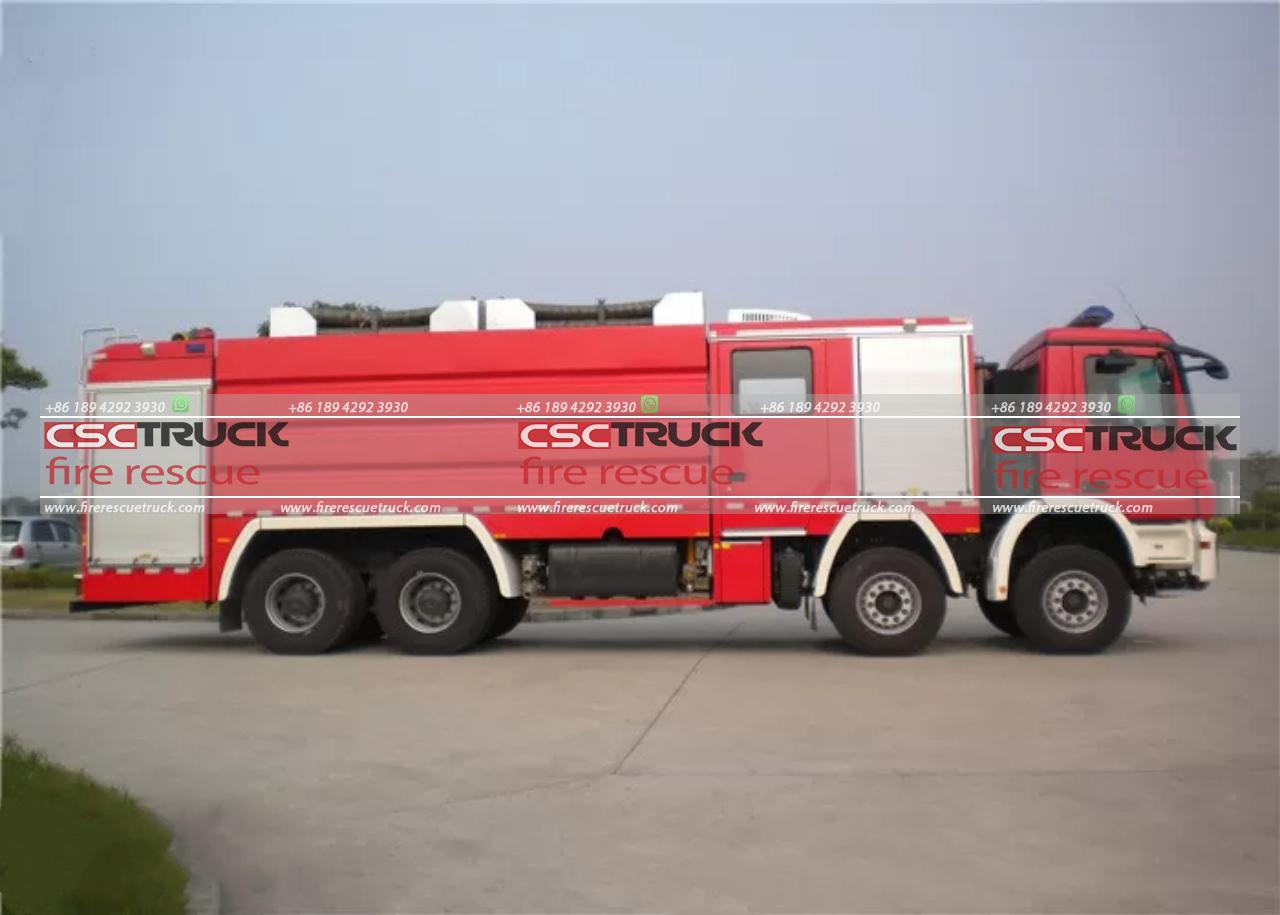
2. Key Components of a Pumper
To understand what a pumper does, it helps to explore the main components that enable it to perform its role.
1. Water Pump: The pump is the heart of the pumper, as it regulates water flow and pressure. Most pumpers use a centrifugal pump, which can move large volumes of water quickly. The pump draws water from either the internal water tank or an external source, such as a hydrant, and can typically deliver between 750 and 2,500 gallons per minute (GPM).
2. Water Tank: While pumpers often connect to external water sources, they’re also equipped with onboard tanks, which usually hold between 500 and 1,500 gallons of water. This tank provides an immediate water source, crucial when arriving at a fire scene where an external source may not yet be available.
3. Hoses and Nozzles: A pumper’s hose system is designed for flexibility, with hoses of different lengths and diameters stored on reels and ready for deployment. Nozzles control the water flow and spray pattern, allowing firefighters to adjust for distance and spread. Typically, pumpers carry three types of hoses:
– Attack Hoses: Small-diameter hoses (1.5 to 2.5 inches) for directly fighting fires.
– Supply Hoses: Larger-diameter hoses (4 to 5 inches) used to draw water from hydrants or other external sources.
– Wildland Hoses: Lightweight and flexible hoses suitable for forest or wildland firefighting.
4. Control Panel: The control panel is the operational center where firefighters manage the pump’s settings. From this panel, operators adjust water pressure, choose the water source, monitor tank levels, and ensure the pump’s performance matches the fire suppression needs.
5. Foam System: Some pumpers include a foam system that mixes foam concentrate with water. This foam is ideal for extinguishing fires involving flammable liquids, such as gasoline or oil, where water alone might not be effective.
3. How Pumpers Operate
The operation of a pumper fire truck is a coordinated effort among firefighters, each performing specialized roles to get water on the fire as quickly as possible. Here’s a simplified look at how a pumper operates:
1. Arriving at the Scene: Once the pumper arrives at a fire scene, firefighters quickly assess the situation. If there is immediate danger or no nearby hydrant, they may use water from the onboard tank initially.
2. Connecting to a Water Source: If an external water source is available, firefighters connect the pumper to it using a supply hose. The pump then pulls water from the source, which can be a hydrant, another water-carrying truck, or even a body of water if accessible.
3. Activating the Pump: A firefighter at the control panel manages the pump’s settings to regulate water pressure. Depending on the fire type and intensity, the operator may adjust pressure levels or, if available, switch the system to mix foam concentrate.
4. Directing the Water: The firefighters hold and aim the attack hoses, using nozzles to control the water flow and pattern. In larger fires, multiple hoses and firefighters might be active simultaneously, requiring precise coordination to ensure adequate water flow and pressure.
5. Continuous Monitoring: Throughout the operation, firefighters monitor water pressure, tank levels, and hose performance. In extended firefighting efforts, they might need to swap water sources or adjust pump settings to maintain water flow.
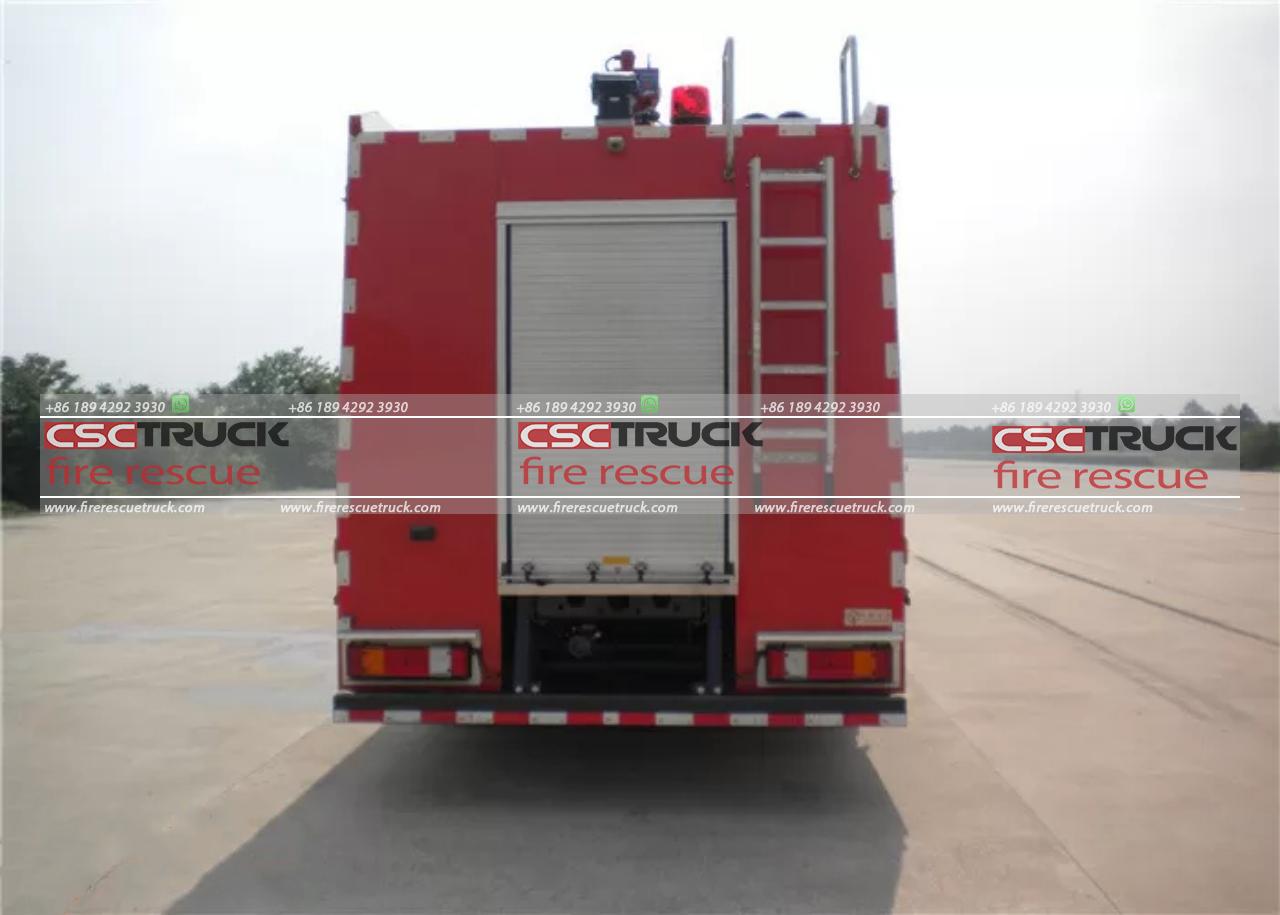
4. Types of Pumpers
While the term “pumper” is commonly used, there are variations of pumpers adapted for specific environments and firefighting needs:
1. Standard Pumper: This is the most common type and is generally used in urban and suburban settings. It’s equipped with a medium-capacity water tank, centrifugal pump, and standard hoses, making it versatile for a range of emergencies.
2. Rescue Pumper: In addition to water pumping capabilities, a rescue pumper carries equipment for vehicle extrication, first-aid supplies, and other rescue gear. This type is ideal for departments that frequently respond to car accidents or need additional rescue tools.
3. Wildland Pump: Wildland pumpers are designed for fighting forest fires and brush fires. They are usually lighter, more maneuverable, and equipped with special hoses and nozzles for forest terrain.
4. Aerial Pumper: Also called a quint (because it has 5 functions: pump, water tank, fire hose, aerial device, and ground ladders), this type of pumper combines pumping capabilities with an extendable ladder or platform for elevated firefighting.
5. The Evolution of Pumpers
Pumper fire trucks have a long history, evolving from hand-pumped fire engines to the sophisticated, motorized vehicles we see today. Early pumpers were often limited by manual pumps, which required substantial manpower and produced relatively low water pressure. With advancements in engine technology, motorized pumps became common in the 20th century, revolutionizing firefighting by enabling higher water pressure, quicker response, and greater reach.
Modern pumpers are increasingly high-tech, incorporating digital controls, automated foam systems, and even remote monitoring capabilities that allow real-time tracking of water usage, pressure, and tank levels. As environmental concerns grow, some pumpers are being designed with hybrid or electric engines to reduce emissions without sacrificing performance.
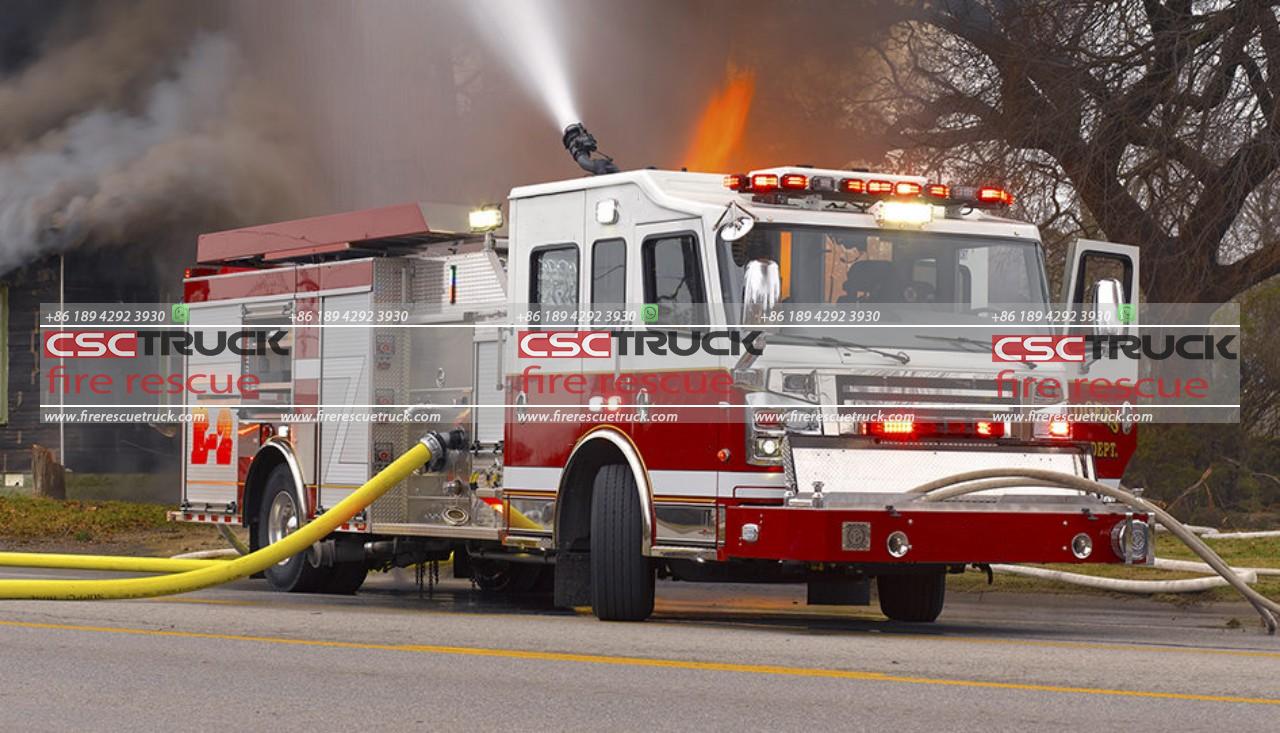
6. The Future of Pumper Fire Trucks
As technology advances, the design and functionality of pumper fire trucks continue to improve. Upcoming innovations may include artificial intelligence (AI) that optimizes pump performance, drones that can guide the pumper closer to the heart of the fire, and even autonomous features that allow the pumper to self-deploy and begin pumping operations in case of an emergency.
One of the most promising developments is the integration of smart sensors that provide firefighters with real-time information on temperature, smoke density, and air quality. These sensors can help firefighters make split-second decisions to control the fire and protect their crew, adding a new level of safety to firefighting operations.
Conclusion
The pumper in a fire truck is an essential and versatile vehicle that remains at the heart of firefighting efforts worldwide. With its powerful pump, extensive hose system, and ability to supply water wherever it’s needed, a pumper is indispensable in both urban and rural firefighting. Its continuous evolution demonstrates the dedication of fire departments to enhance fire suppression capabilities, adapting to both technological innovations and the increasing complexity of emergency scenarios. Whether battling wildfires or rescuing accident victims, the pumper will continue to be a frontline asset in keeping communities safe.
